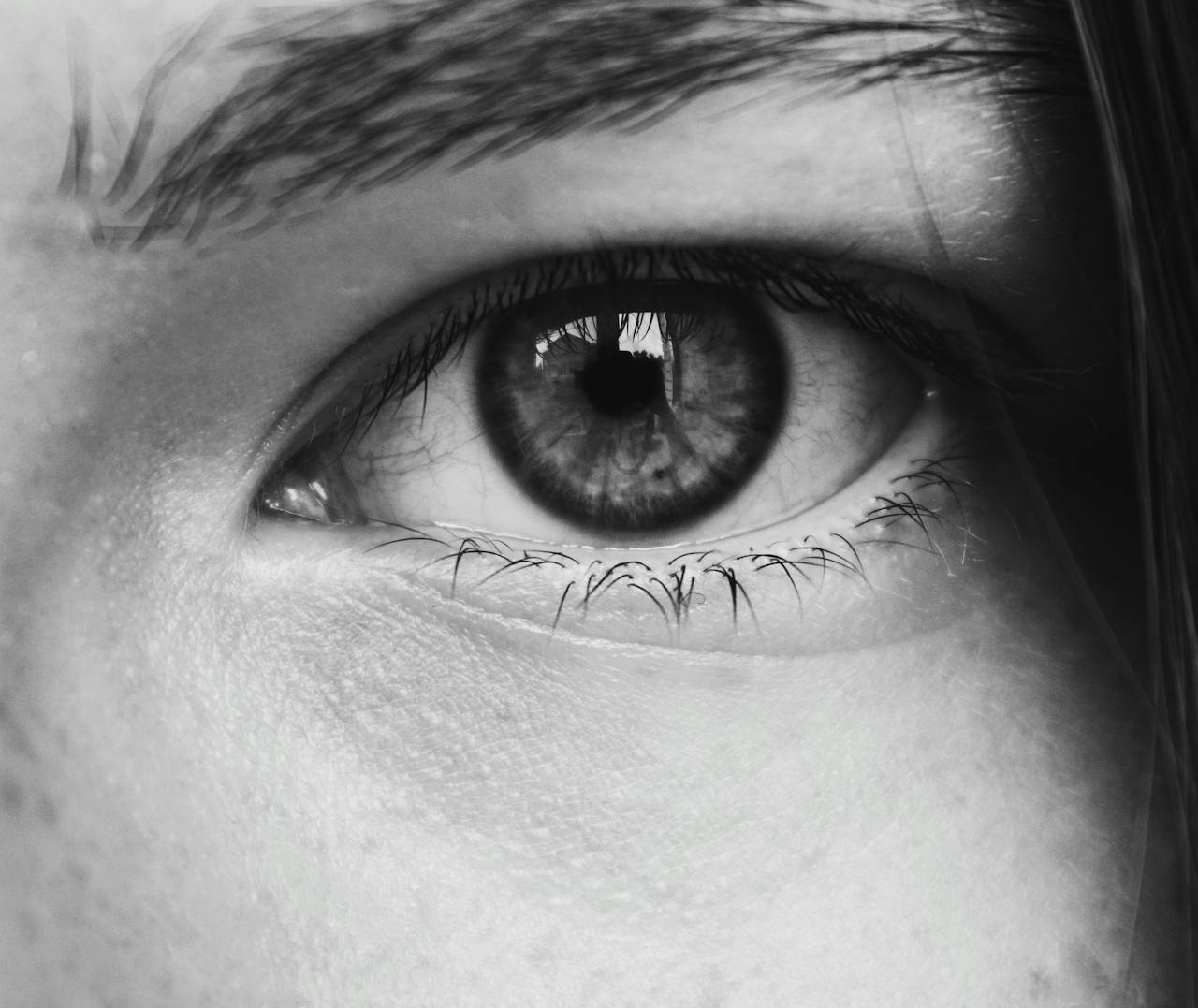LASIK eye surgery has revolutionized the way we correct vision, offering a safe and effective solution for those tired of glasses or contacts. But before opting for this procedure, it’s important to be well-informed. Here are 10 key facts about LASIK that everyone considering this life-changing surgery should know.
What is LASIK Surgery, and How Does it Work to Correct Vision?
LASIK is a widely used procedure designed to correct vision by reshaping the cornea, the clear outer layer of the eye. By using a specialized laser to remove microscopic amounts of corneal tissue, the surgery alters how light is focused on the retina, helping to correct common vision issues such as nearsightedness, farsightedness, and astigmatism. The result is often clearer vision without the need for glasses or contact lenses, offering a significant improvement in daily comfort and quality of life.
What are the Potential Risks and Complications Associated with LASIK?
Although LASIK is considered a safe and effective procedure, it’s important to be aware of potential risks. Some patients may experience complications such as infection, inflammation, or issues related to the corneal flap created during surgery. Under- or over-correction of vision, dry eyes, and the possibility of needing glasses or contacts afterward are also possible outcomes. In some cases, further corrective procedures may be necessary. A thorough examination by a trained ophthalmologist is crucial to assess individual risk factors and ensure the best outcome for each patient.
Am I a Suitable Candidate for LASIK Surgery?
Determining whether LASIK is right for you involves more than just a simple eye exam. At Eye Associates of New Mexico, their fellowship-trained, board-certified eye specialists conduct thorough testing to assess each patient’s suitability for LASIK or other refractive surgeries. Factors such as your eye health, prescription stability, and lifestyle are taken into account to ensure the best possible outcome. Your safety and satisfaction are always our top priorities, and we’re here to guide you through every step of the process.
Can LASIK Correct Astigmatism, Nearsightedness, and Farsightedness?
Yes, LASIK and other refractive surgeries can effectively treat a range of vision issues, including astigmatism, nearsightedness (myopia), and farsightedness (hyperopia). By reshaping the cornea, LASIK improves the way light is focused on the retina, correcting these refractive errors. However, LASIK isn’t the only option available. Other procedures like PRK (Photorefractive Keratectomy) or ICL (Implantable Collamer Lens) can also address vision problems for patients who may not be ideal candidates for LASIK. In some cases, specialized glasses or contact lenses may be recommended as the safest and most effective solution. A personalized approach is key, as no single treatment is suitable for everyone, and the right option will depend on each individual’s eye health and lifestyle.
Will LASIK Surgery Permanently Improve My Vision?
LASIK is designed to permanently reshape the cornea, offering long-lasting vision correction. However, it’s important to note that while the corneal changes are permanent, the eye itself may continue to evolve over time. For most patients, LASIK can provide freedom from glasses or contact lenses for many years, particularly if their prescription was stable before surgery. That said, natural age-related changes, such as presbyopia (difficulty with near vision), typically develop in the 40s or 50s, requiring reading glasses or additional vision correction. For those with very high prescriptions, there may be a small chance of “regression,” where some vision correction may diminish, but this can often be corrected with a minor touch-up procedure. Additionally, as people age, cataracts may develop, affecting vision quality once again. In these cases, procedures like refractive lens exchange (RLE) or cataract surgery can offer another opportunity to adjust vision for the better.
What Are the Common Side Effects of LASIK, and How Long Do They Typically Last?
One of the most common side effects following LASIK surgery is dry eyes, which tends to be more noticeable in the first couple of months after the procedure. For most patients, the dryness gradually diminishes and typically returns to pre-surgery levels within a year. In rare cases, some individuals may experience prolonged dry eye symptoms. Eye specialists are careful to identify patients who may be at higher risk for persistent dryness and may recommend alternative procedures, such as PRK (which is less likely to cause dry eye but requires more healing time) or ICL (implantable contact lenses) that do not affect tear production. Another possible side effect is increased light sensitivity at night, which occurs in about 5% of patients. However, a majority of patients report reduced light sensitivity compared to their experience with glasses. Proper pre-surgical screening can help minimize these risks, ensuring that patients receive the best treatment tailored to their individual needs.
How Soon After LASIK Surgery Can I Return to Normal Activities?
Recovery from LASIK is relatively quick, with most people able to resume their normal activities within a few days to a week. Many patients experience significant vision improvement within 24 to 48 hours, allowing them to return to driving or working shortly thereafter. For those who undergo other procedures, such as PRK, the recovery process may take a little longer, typically a few weeks, as the healing period is slower. Your refractive surgeon will provide guidance on what to expect based on your specific treatment plan, ensuring a smooth and safe recovery process.
Is There an Age Limit for LASIK Surgery?
There is no strict age limit for LASIK surgery, but patients must be at least 18 years old with a stable prescription for 6-12 months. While there is no upper age limit, patients approaching or experiencing cataracts may benefit more from a lens-based procedure like refractive lens exchange (RLE) or cataract surgery. These alternatives provide similar results to LASIK by adjusting the prescription, and multifocal lenses can even restore a range of vision, addressing both distance and near vision needs.
Can LASIK Surgery Correct Presbyopia (Age-Related Difficulty in Reading)?
Presbyopia, which typically begins in the 40s, affects the ability to focus on close objects. While LASIK is not typically used to correct presbyopia, other options like monovision or multifocal contact lenses may help. Monovision adjusts one eye for distance and the other for near vision, while multifocal lenses offer a broader range of vision correction. Lens-based surgeries, such as RLE or refractive cataract surgery, can also correct presbyopia using multifocal lenses. Trying out these solutions with contact lenses first can help determine if they suit your needs.
What Factors Might Disqualify Me from Undergoing LASIK Surgery?
Certain factors may make someone ineligible for LASIK surgery, such as severe dry eye, irregular corneal shape, uncontrolled autoimmune diseases, eye conditions like moderate-to-severe glaucoma or macular degeneration, and pregnancy or nursing (temporarily). Some medications, such as amiodarone or isotretinoin, may also affect eligibility. Comprehensive pre-surgical screening will help identify any disqualifying factors to ensure LASIK is a safe and effective choice.
Conclusion
LASIK is a proven and effective solution for many common vision problems, offering life-changing results for those seeking freedom from glasses or contact lenses. While it’s not suitable for everyone, advancements in eye surgery provide a range of options tailored to individual needs. Before undergoing LASIK, it’s essential to have a thorough consultation to determine the best approach for your eyes and lifestyle, ensuring a safe and successful outcome.




